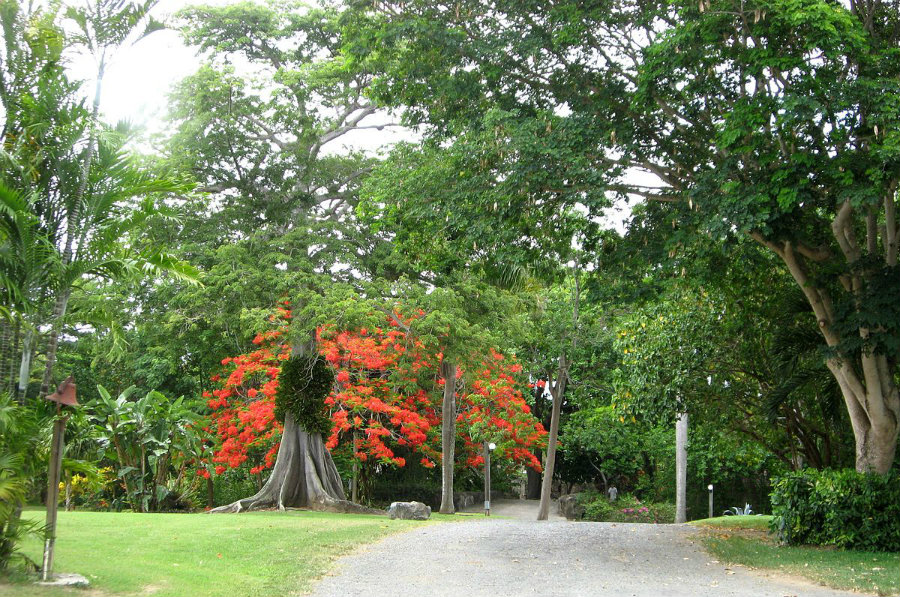Botanic gardens around the world help preserve 40 percent of threatened plant species and are home to a third of all known plants, a new study revealed. Published in the journal Nature Plants, the researchers identified those species which need to be added to the current collections and further investment is required to protect them.
One in five plants on Earth is endangered, scientists claim. Humans must care about plant diversity conservation because it can help solve climate change and other environmental challenges such as food and fuel security, according to co-author Dr. Samuel Brockington of the University of Cambridge.

A curator at the institution’s botanic garden, Brockington said such facilities represented the “best hope” for protecting the world’s most threatened plants. Botanic gardens dedicate 10 percent of their storage capacity to species at risk of extinction, but improved international coordination is needed to expand this number.
The first paper to reveal detailed information about plants grown in botanic gardens states that conservation programs need substantial investment to build an efficient global system. Brockington’s team came to these conclusions after surveying 1,116 collections, which were comprised of more than 105,000 plant species.
“These numbers are all the more remarkable as they represent a minimum estimate, based on data derived from just one-third of botanic gardens worldwide,” the researchers wrote in the paper.
Dr. Paul Smith, Secretary General of the charity Botanic Gardens Conservation International, said this is the first global research to assess the broad range of species conserved in botanic gardens, as reported by the BBC. The results help scientists to identify which endangered plants are still not included in the collections.
The expert explained that seed banks and living collections at botanic gardens contained a vast range of plant diversity. These facilities attract about 500 million visitors each year, and they are also centers where valuable conservation work and research are conducted.
Tropical plants at a higher risk
Since tropical species comprise most of the world’s plants, global conservation programs must take special care of them. They make up 25 percent of plants in botanic gardens, but they were under-represented in the inventory.

The problem with these species is that the number of facilities in the Southern Hemisphere is not significant compared to those in Europe and North America, where tropical plants can only be grown and conserved in heated glasshouses. Of course, they are much better preserved in their natural habitat.
Mosses and other primitive plants included in the study were fewer than orchids, lilies and similar exotic specimens.
Because plants capture solar energy and have the ability to create the biomass that builds the biosphere, they make life on Earth possible, according to the paper. These species are responsible for climate regulation, purification of water and air, among other ecological processes. Human life is sustained thanks to the food, medicines, and building materials they provide for us.
Nevertheless, extinction remains a threat due to climate change and habitat degradation that result from human activities that over-exploit natural resources.
Source: Reuters
